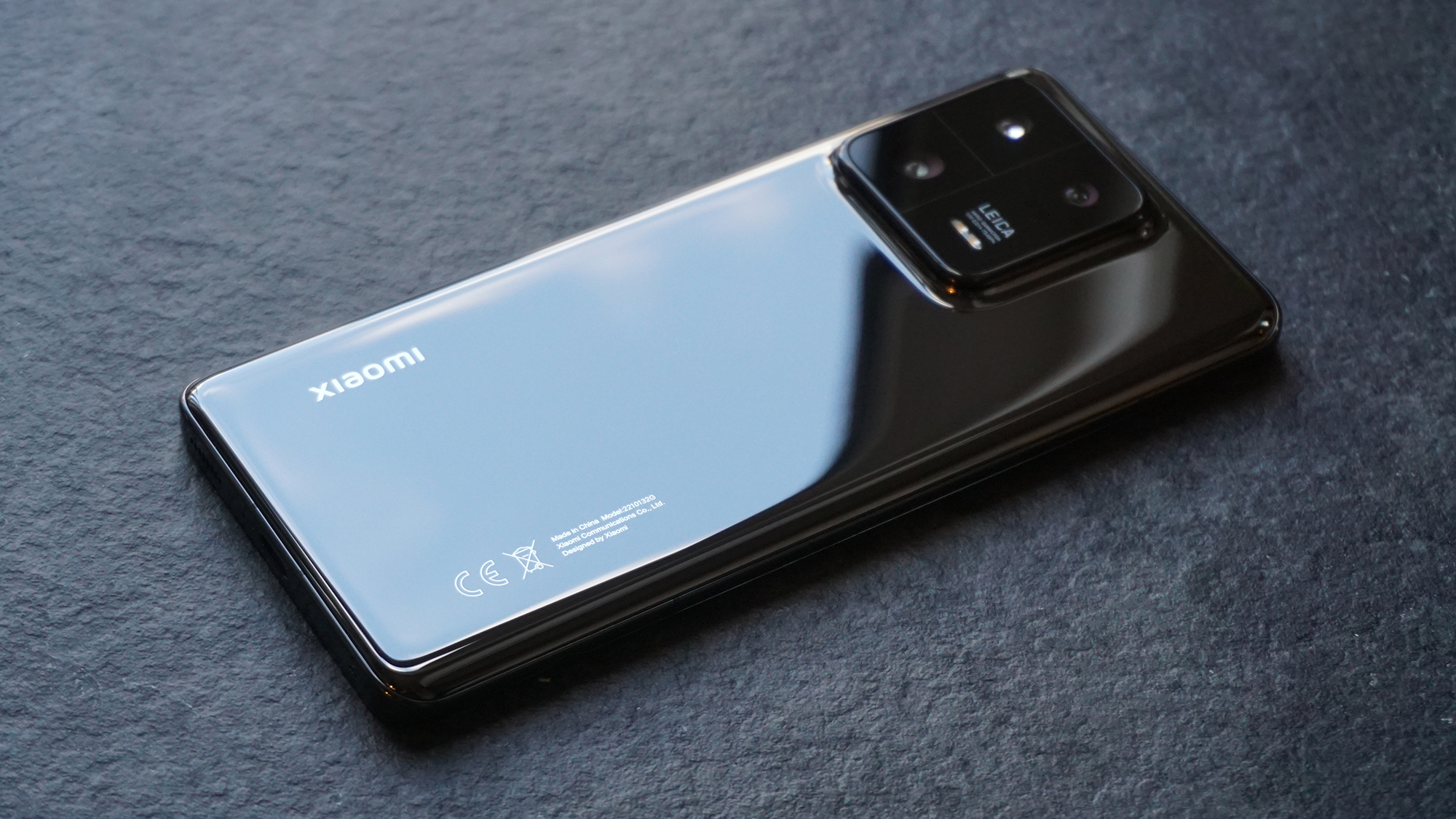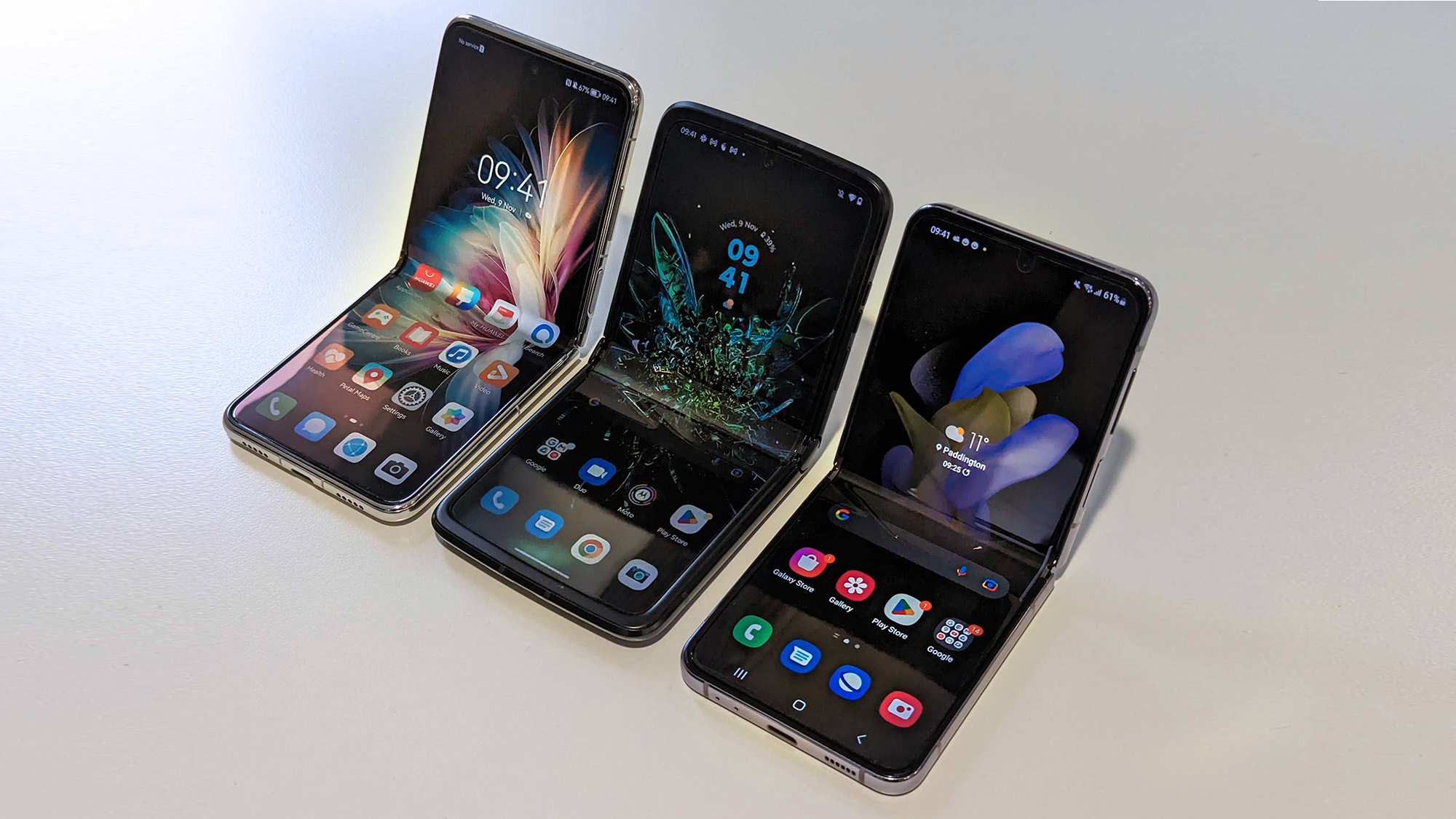With a Galaxy S23 Ultra, I still envy the cool phones US buyers can't have
Are we being placated by megapixels?

For a while, you couldn’t buy the best phones in the United States. The coolest phones with sharp displays and high-res cameras were only available in Asia. Our high-speed networks lagged behind Europe, owing to our massive geography. When the iPhone arrived and the whole world wanted one, it finally seemed like the US was getting the same great stuff as everyone else. Sadly, those days are gone again, and the coolest features can only be found on smartphones you can’t buy here.
Did you think that the Galaxy S23 Ultra, with its brand new 200MP camera sensor, was the most advanced mobile camera you could buy? You may be surprised at what the competition is offering that the best Samsung phones and the best iPhones won’t match.
Do you wish you could charge your iPhone faster? Would the terrible battery life sting less if you could top off the battery in only a few minutes? In the rest of the world that’s possible, but in the US, our phones are quite limited.

You may even think we get the most advanced phone designs, with Samsung’s Galaxy Z Fold 4 at the top of every US carrier’s price range. The rest of the world laughs at our paltry foldable selection, while they sip tea with folding Motorola and Oppo folding phones that we’ll never see.
It’s time to get jealous, fellow US Americans, because the rest of the world is getting all of the cool smartphone gizmos, and we’re being left with the same old, same old.
We don't have the juice for faster charging
If you’re a US traveler with a hair dryer, you know about the voltage issue. In the US, electrical outlets are limited to around 110 Volts. If electricity flows like water, think of voltage as akin to water pressure. Outside of the US, in Europe for instance, outlets reach higher voltage allowances, usually around 220 volts. Our electrics get fried under such pressure.
This was never a problem for electronics, but recent advancements in battery charging can take advantage of higher voltage outlets for faster charging. In fact, recent phones from Xiaomi and Oppo can charge at up to 200W or more, but require an outlet that produces more than 110V of electricity.
Sign up for breaking news, reviews, opinion, top tech deals, and more.

What does that mean? That means that the fastest you can charge a phone in the US is about 30 minutes. The fastest you can charge a phone in India is 10 minutes. And I’m talking about the same phone, the OnePlus 10T, which has a different, slower charger for the US than it does for the rest of the world.
Is it a huge difference? No, but it’s the difference between charging while you grab a cup of coffee, or charging while you eat a full dinner. It’s the difference between “just wait for me a minute” and “just leave without me and I’ll meet you there.”
Why don’t we get the best cameras anymore?
If I asked the average American what’s the best camera phone, they might say it’s the iPhone, because Apple has done a great job stressing its photography chops here in the States. If an iPhone can shoot a photo worth blowing up billboard size, it must be the best. Unfortunately, most of the US won’t know about the amazing advancements in mobile photography that we’ve seen recently.
I’m not even talking about the Galaxy S23 Ultra, even though it pulls off some fantastic photo tricks. Samsung has stuffed a real 10X optical zoom lens into the phone by folding mirrors and glass into a periscope. It has a sensor with 200 million pixels, and can combine 16 pixels into one for the most accurate image.
So what? It still uses the same small sensor size that you’ll find on an Apple iPhone 14 Pro, even if it’s cut up into more pixels. If you want a real advance in photo quality, you need a bigger sensor or a wider lens. This year we’ve seen new smartphones with both, but you can’t buy them in the US.

The Xiaomi 13 Pro uses a humongous one inch camera sensor. That’s the same size as the sensor you’ll find on professional-strength DSLR cameras, or serious enthusiast cameras like the Sony RX100 Mark VII. Having a much larger sensor means the camera can collect much more light with better detail than a smaller sensor can manage.
We also saw a wider aperture lens on the new Honor Magic 5 Pro. While most smartphones use a lens with an aperture around f/1.8, the Magic 5 Pro stretches to f/1.6, which is significantly brighter. The Huawei Mate 50 Pro uses an even wider aperture, and Huawei claims it opens to an astonishing f/1.4.
Those F-stop numbers are hard to understand because of the way photographers measure ratios, but an f/1.4 lens is capable of collecting twice as much light as an f/1.8 lens. That Honor f/1.6 lens is much wider and brighter than an f/1.8 lens, and even Honor’s new lens should be a significant step forward from the competition.
Sadly, we don’t get those phones here in the US, for unknown reasons. While there are sales restrictions on Huawei, which used to own Honor, the spinoff company split years ago, and there is no apparent sales ban in place for Honor or Xiaomi phones. These devices will make it to Europe, the UK, and even Mexico, but will not be available in US stores.
There's more than one way to fold a phone
One of the strangest phones to be excluded from the US market is the Motorola Razr 2022 folding phone. We got the two foldable RAZR phones before it, and our UK-based Motorola Razr 2022 review tells us that the latest RAZR is the best of the bunch. For whatever reason, Lenovo and Motorola won’t be selling it here in the States.
We’ve asked Motorola reps repeatedly, and they may be annoyed by our persistence, but we won’t give up. The latest RAZR drops the older iconic design, with its well-defined chin, and cleaves closer to a Galaxy Z Flip 4 look, to its benefit. It has a very large cover display that is useful for taking selfies. We even found the battery life to be surprisingly good.

The Moto RAZR isn’t the only folding phone we can’t have in the US. OnePlus parent company Oppo sells phones under its own brand outside the States, and it recently launched a compelling Galaxy Z Flip 4 competitor in the Oppo Find N2 Flip.
The Oppo Find N2 was already a Galaxy Z Fold 4 competitor with a slightly better aspect ratio, giving the user more width on the outer display. The Find N2 Flip has the biggest and best cover display we’ve seen on a clamshell foldable, and the price is competitive against Samsung as well. At least, in those markets outside the US where you can buy one.
It’s unclear why these companies won’t offer their foldables here, especially Motorola, which still sells the last Motorola Razr 5G from 2020 on its US online shop. Google is expected to launch a Pixel Fold device soon, though we have no official confirmation. If the US market isn’t ripe for folding phones, we may never get to see Google’s take on the folding concept.
Are the US carriers keeping the cool phones from us?
The likely reason we don’t get these phones in the US is the same reason everything in the US phone market happens: because of the mobile carriers: Verizon, AT&T, and T-Mobile.
In the US, mobile carriers are very protective of their network, their customer service reputation, and their brand. Mobile carriers in the US don’t experiment, and they don’t like the unknown.
In the US, the mobile carrier store is still the most popular way to buy a phone. To sell in a carrier store, a phone maker must undergo extreme network testing, which can take months and cost a fortune.

While manufacturers like Samsung and Apple have a long relationship with US networks and a strong background in network equipment, smaller phone makers like OnePlus may skip the network partnership altogether and simply sell directly, as with the OnePlus 11.
The OnePlus 10 Pro was available in T-Mobile stores, but T-Mobile required OnePlus to get IP68 water resistance certification in order to sell the device. The OnePlus 11 isn’t water resistant, and T-Mobile isn’t selling it.
The US customer is protected by our nannies, the mobile carriers. If Verizon isn’t interested in selling Oppo phones in the US, Oppo won’t bother finding its own path to your pocket and your wallet. If T-Mobile creates too many red tape rules for OnePlus to sell its phones at bargain prices, it will sell them through BestBuy and Amazon, or it won’t sell them here at all.
If there's a better phone, we'll find it
In the end, the lack of availability affects us for better and for worse. Apple and Samsung dominate the US market and shut out most competitors, so we get fewer phone advancements. On the other hand, it is easy to find repair and support solutions for our phones, and there is enough competition to offer some key bargains or interesting alternatives.
Thankfully, TechRadar is a global site, and whatever phones I can’t review here in the US, my colleagues have covered throughout the world. If there is a better camera than the Galaxy S23 Ultra, or a better performer than the Apple iPhone 14 Pro, we’ll find it, even if you can’t buy it everywhere you can read about it.

Starting more than 20 years ago at eTown.com. Philip Berne has written for Engadget, The Verge, PC Mag, Digital Trends, Slashgear, TechRadar, AndroidCentral, and was Editor-in-Chief of the sadly-defunct infoSync. Phil holds an entirely useful M.A. in Cultural Theory from Carnegie Mellon University. He sang in numerous college a cappella groups.
Phil did a stint at Samsung Mobile, leading reviews for the PR team and writing crisis communications until he left in 2017. He worked at an Apple Store near Boston, MA, at the height of iPod popularity. Phil is certified in Google AI Essentials. His passion is the democratizing power of mobile technology. Before AI came along he was totally sure the next big thing would be something we wear on our faces.